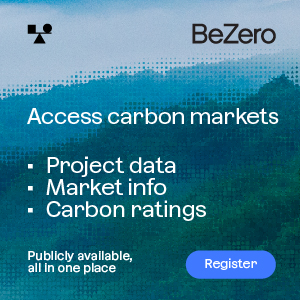The Pacific island nation of Marshall Islands on Sunday became the first small island state to pledge a post-2020 climate target, promising to cut its GHG emissions to 32% below 2010 levels by 2025.
The country’s INDC also includes an indicative goal to cut emissions 45% below 2010 levels by 2030, as part of its goal to reach net zero emissions by mid-century, a statement from President Christopher J. Loeak’s office said.
Under threat from rising sea levels, the Marshall Islands is actively pushing for nations to take on tougher targets in climate negotiations.
“With most of the big emitters’ targets now on the table, everyone knows we are falling well short. This is not something that can be ignored, nor swept away by political expediency. There can be no more excuses for delay or for low-balling ambition on the false premise that coal and other dirty fuels somehow increase prosperity. Exactly the opposite is true,” the president said.
“Our message is simple: if one of the world’s smallest, poorest and most geographically isolated countries can do it, so can you.”
He also took a swipe at nations such as China and South Korea, which have submitted targets based on carbon intensity or BAU estimates.
“Having an absolute economy-wide target means no-one has to look into a crystal ball to understand what it means for how much CO2 goes into the atmosphere,” he said.
“Unlike ‘below business-as-usual’ and ‘GDP intensity’ targets, our numbers don’t rely on unknown variables like size of population and future economic growth. This is the simplest and most robust type of target that a country can adopt. It says ‘we mean business’, and we’re not continuing with ‘business as usual’,” Loeak added.
The full INDC is expected to be published on the UN INDC website later on Monday.
news@carbon-pulse.com



